|
The Melbourne Waterway Research-Practice Partnership is a collaboration between Melbourne Water and the Waterway Ecosystems Research Group (WERG) at the The University of Melbourne. It's purpose is to undertake practice orientated research to support the management of Melbourne's waterways and riparian environments. |
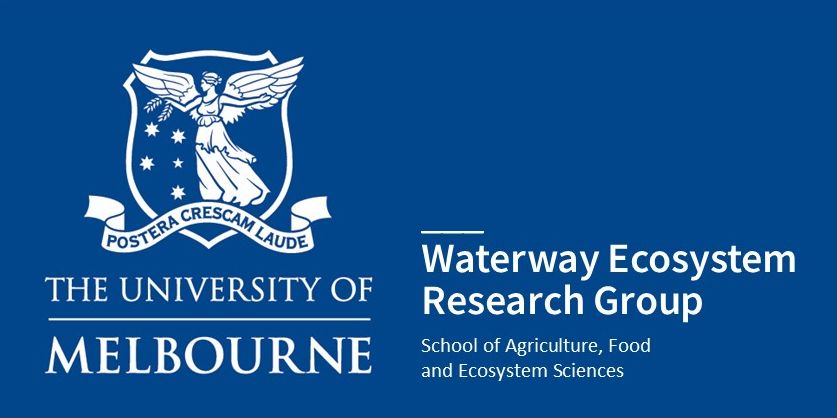 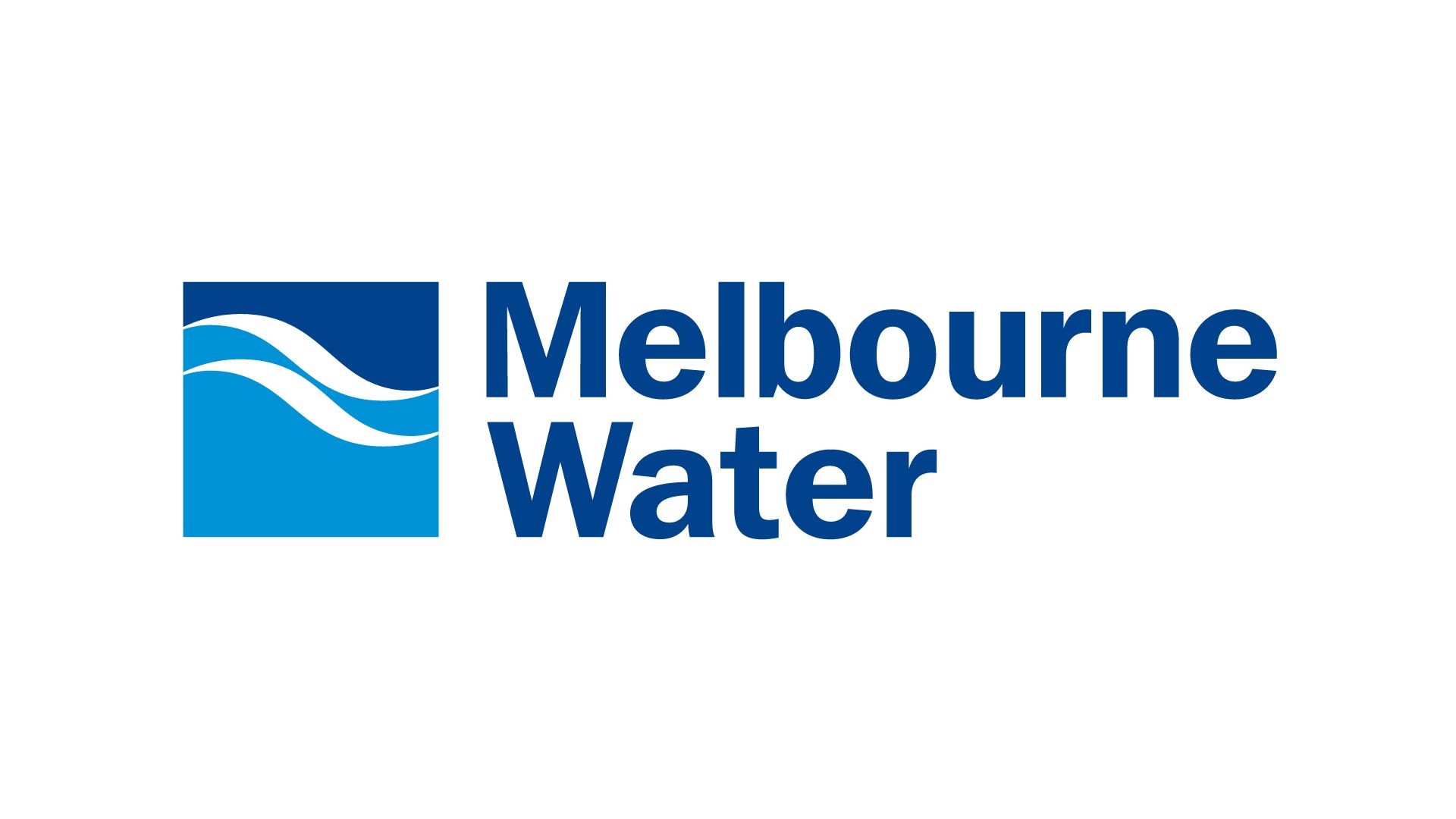 |
–
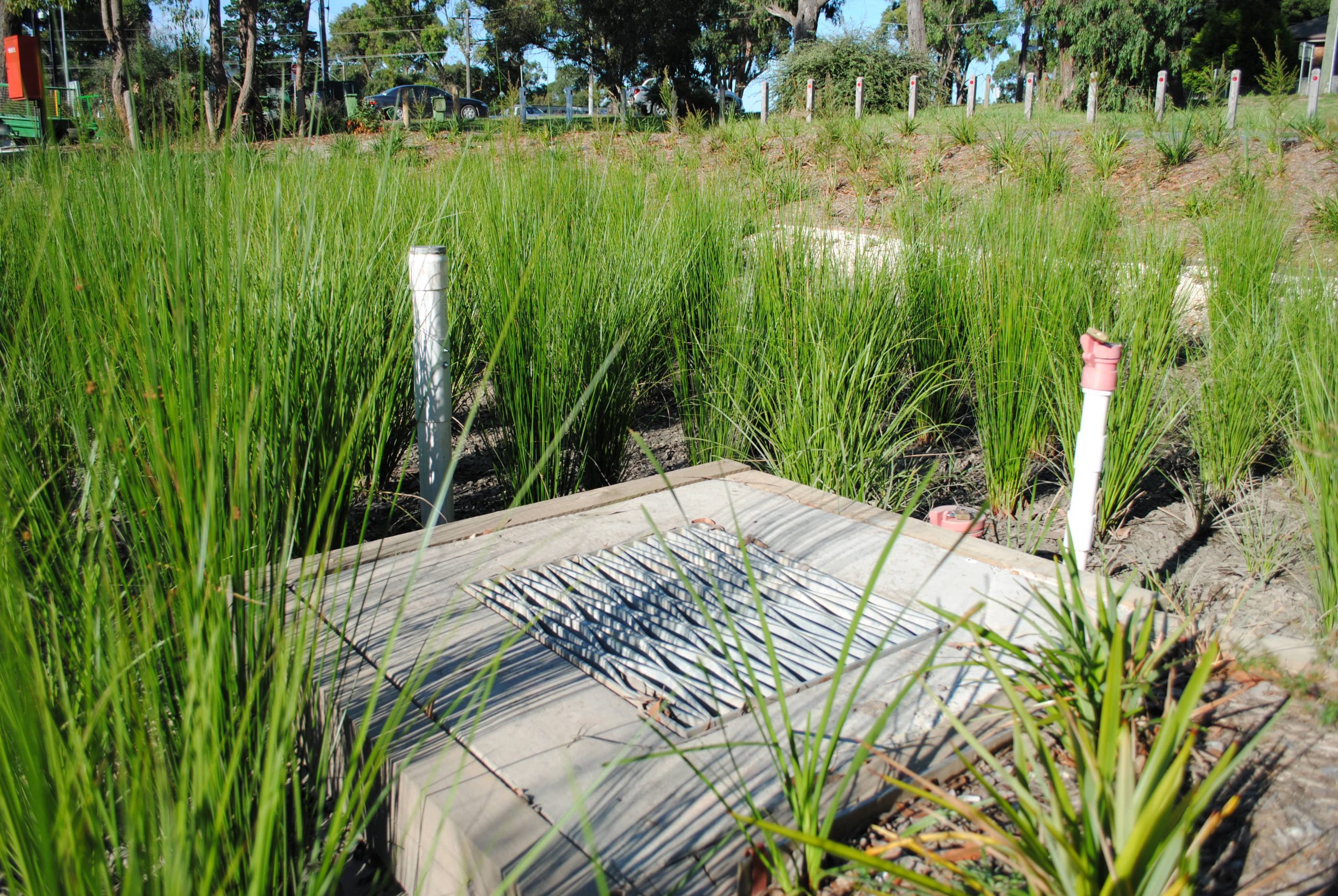 |
The MWRPP’s research program is jointly developed, merging the research priorities (knowledge gaps) of Melbourne Water with the research capabilities and expertise of the Waterway Ecosystem Research Group. Research projects are identified first through a collaborative workshop, with refinement through the establishment of project teams that include researchers and the ‘end users’ of the research outputs. |
–
|
A central tenant of the MWRPP is the adoption of research findings into practice. Knowledge exchange activities are aimed at building awareness of the research; encouraging engagement; developing a knowledge sharing culture; generating a understanding; and supporting integration. Whilst everyone in the MWRPP has a recognized role to play, knowledge exchange activities are planned and delivered with strategic oversight and coordination by two knowledge brokers. |
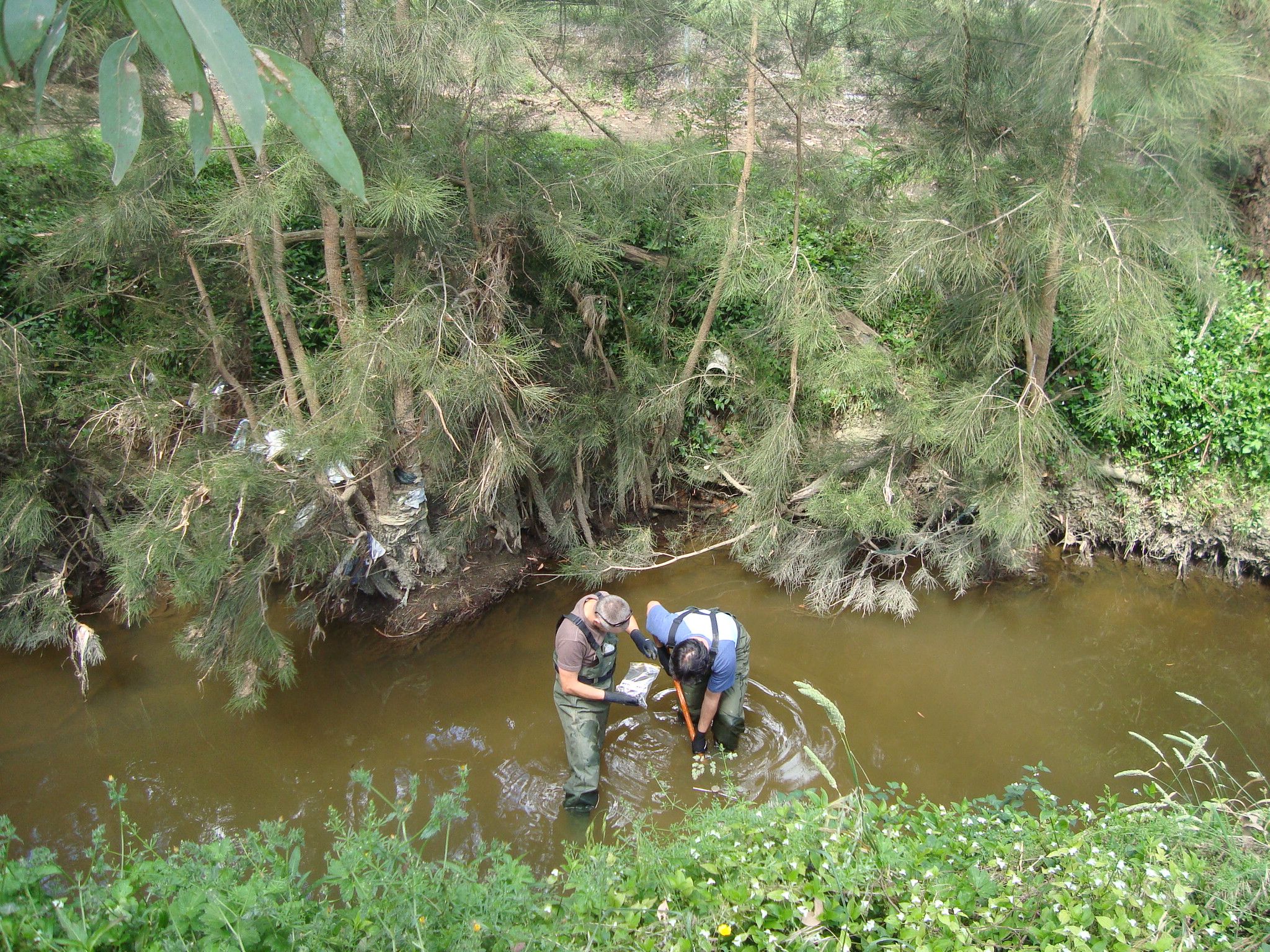 |
–
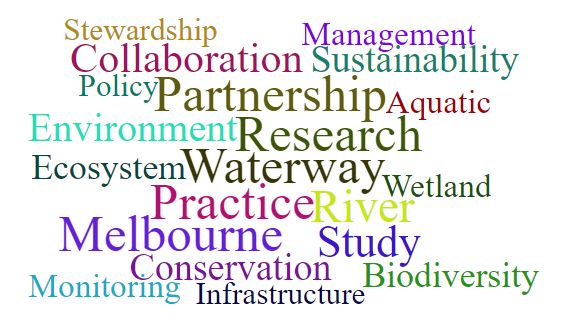 |
The MWRPP by the numbers: 11 years old 26 Staff & 10 Post-graduate Students 75+ Reports 260+ Journal articles (by MWRPP members, since 2018) 9 ARC Grants |
